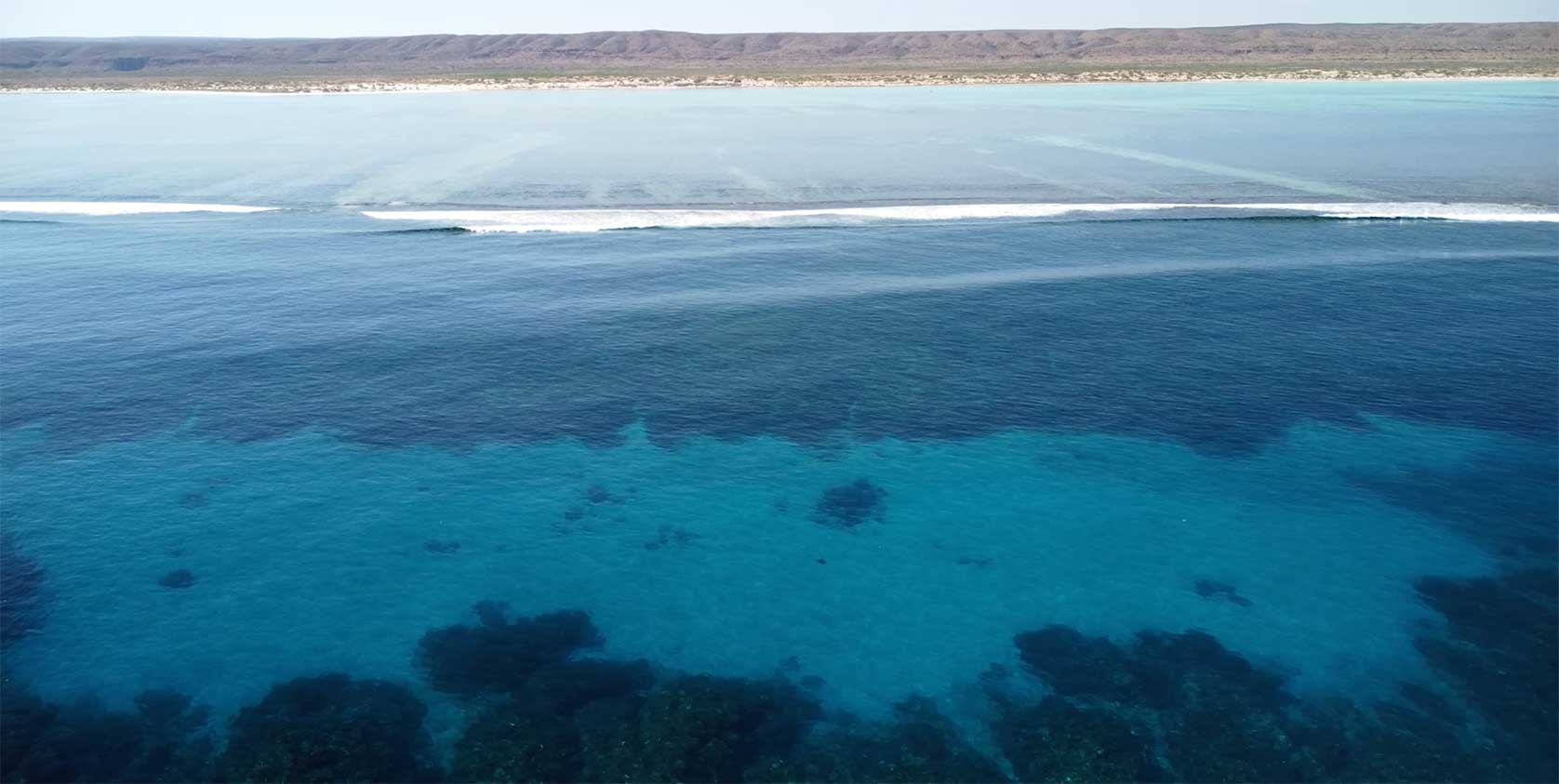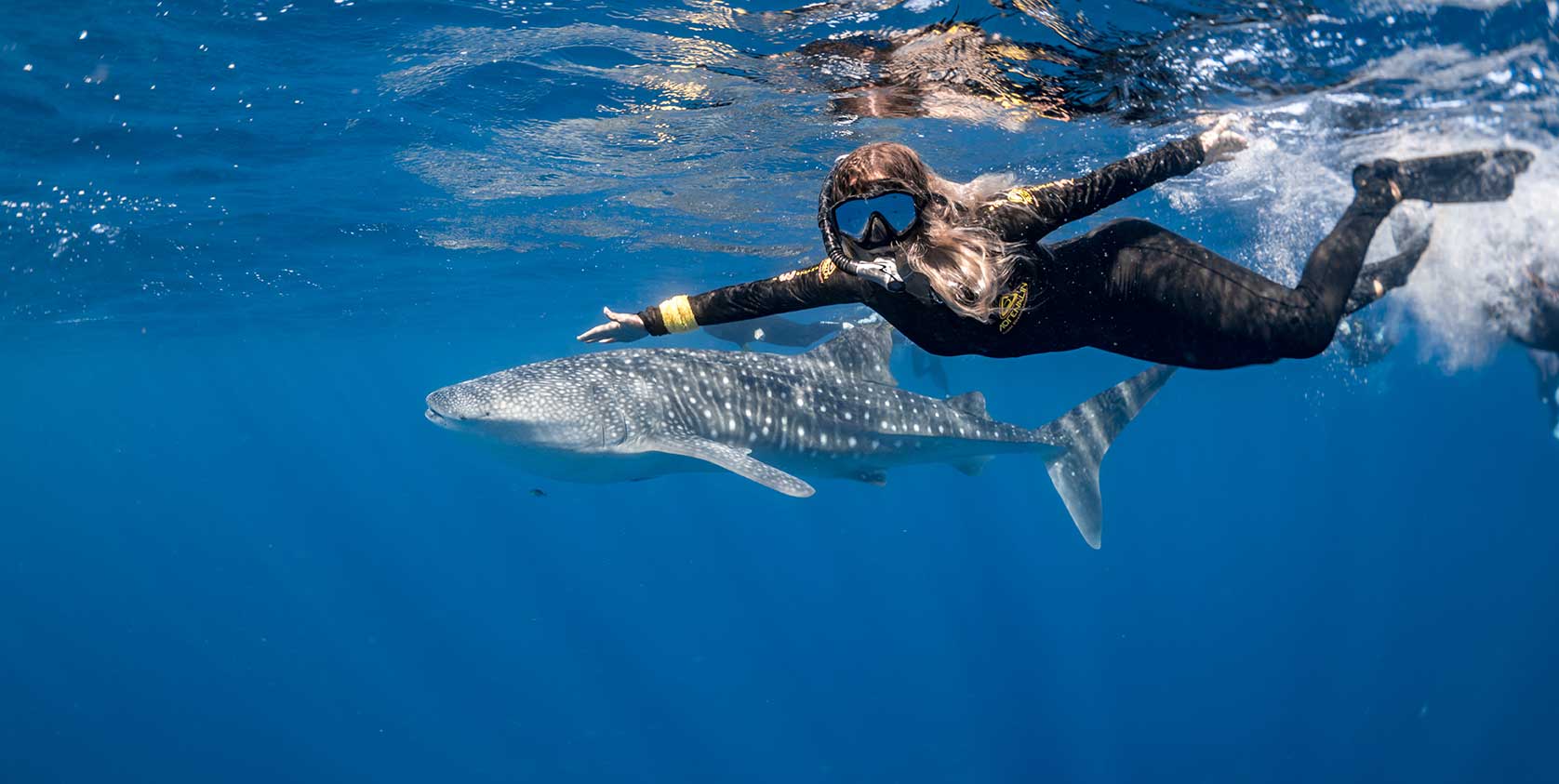Discover the breathtaking beauty and vibrant marine life of Ningaloo Marine Park, a world-class destination for diving and wildlife enthusiasts.
Ningaloo Marine Park: A Diver’s Paradise
Ningaloo Marine Park, a UNESCO World Heritage site since 2011, is a diver’s dream come true. Home to over 500 species of fish and a hotspot for whale shark tours, this marine sanctuary stretches 260km from Bundegi Beach near Exmouth to south of Coral Bay. Here, you can immerse yourself in an underwater wonderland, boasting over 200 coral types, 600 mollusc species, and 500 fish species.
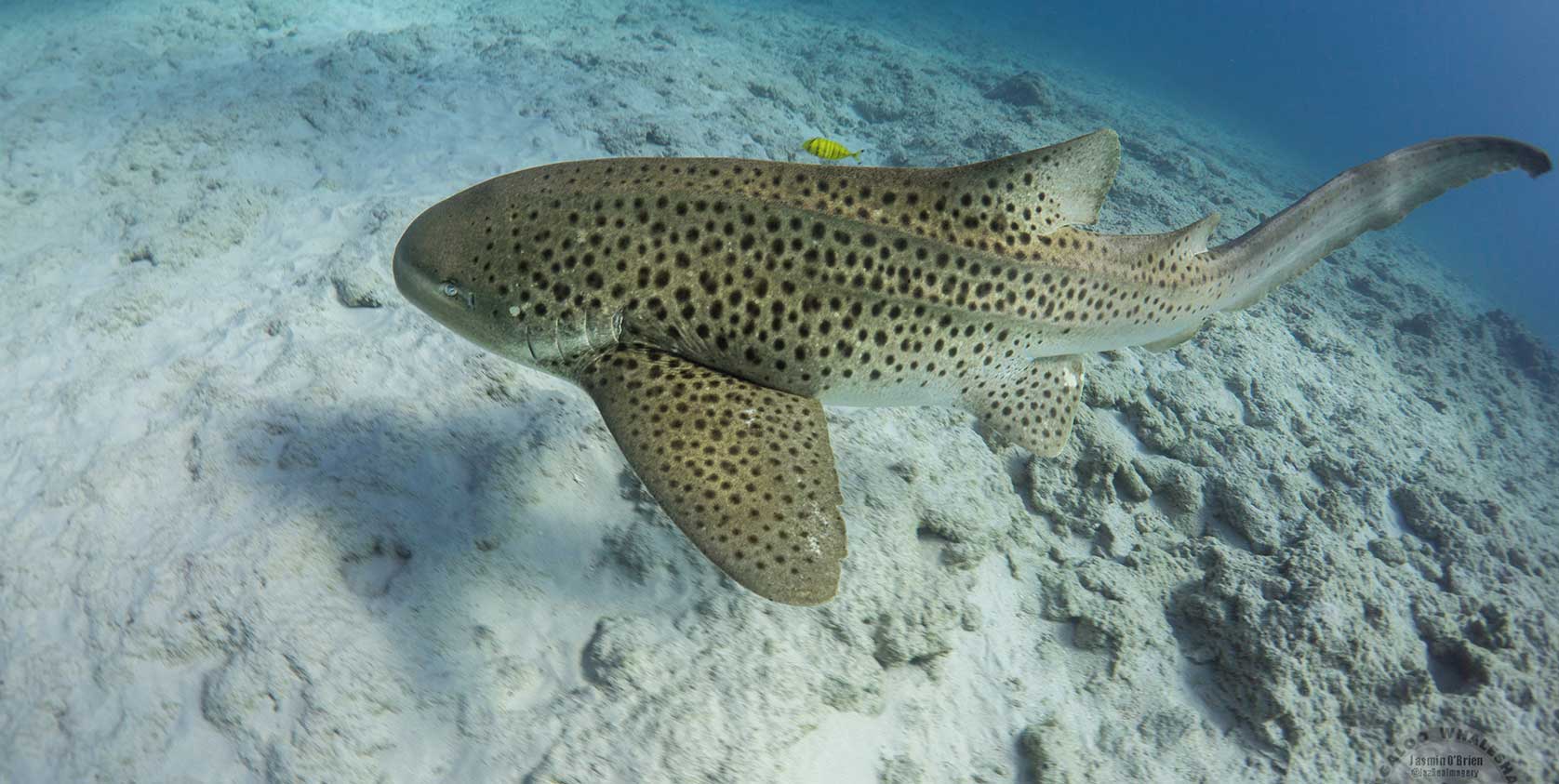
Dive into the park’s rich biodiversity, where the proximity of the reef to the shore makes it easily accessible for snorkellers and divers of all skill levels. Ningaloo’s unique environment also houses sponge gardens, thought to harbour species new to science.
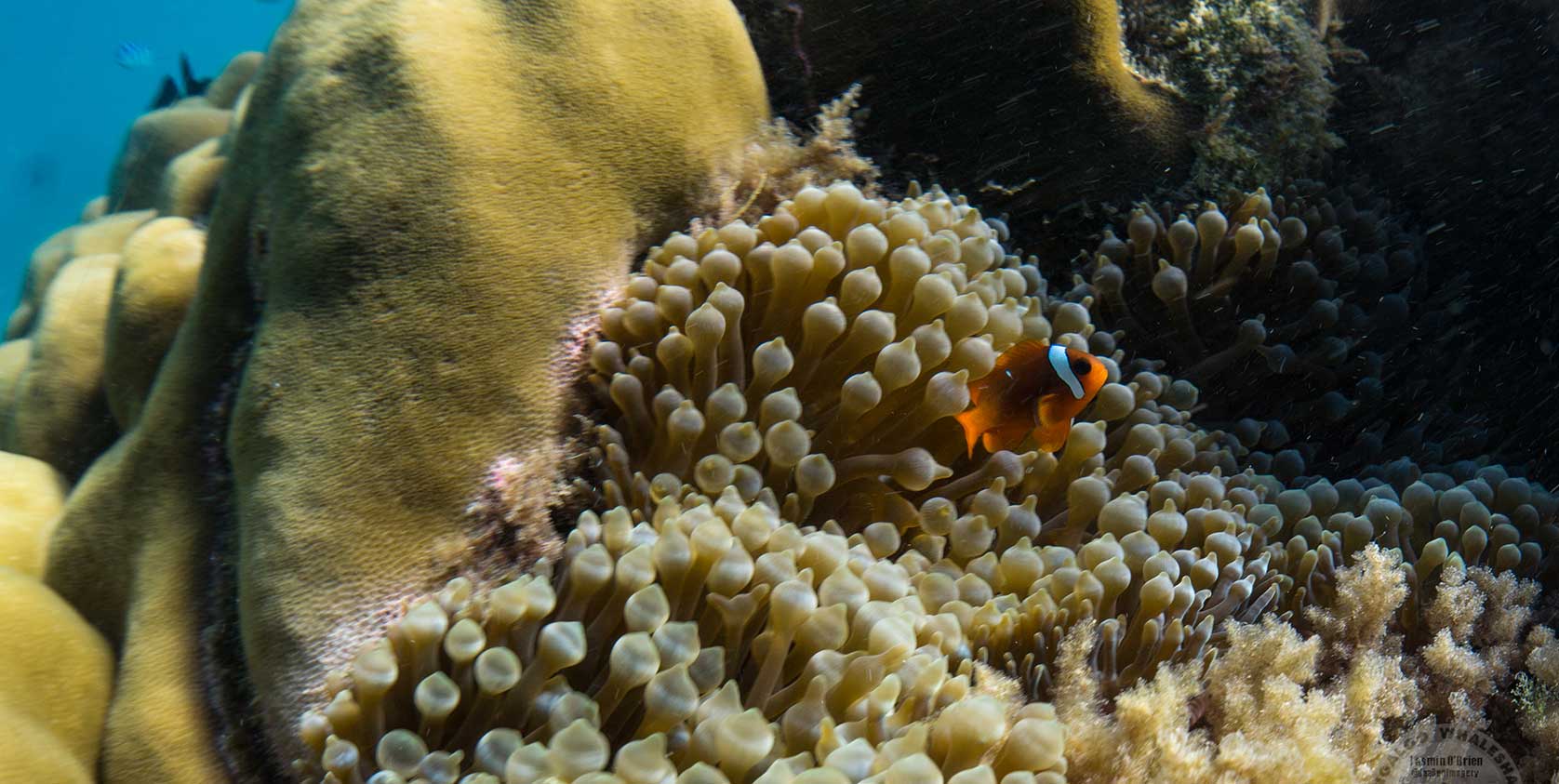
Whale Sharks and More: The Marine Life of Ningaloo
Between mid-March and mid-July, Ningaloo Marine Park becomes the stage for one of the world’s largest gatherings of whale sharks. Join Ningaloo X for an unforgettable diving experience with these gentle giants. The park also welcomes dolphins, humpback whales, turtles, and dugongs, making every visit a unique encounter with nature.
The Rich Terrestrial Biodiversity of Ningaloo
Ningaloo’s on-land wildlife is as impressive as its marine counterparts. The Cape Range Peninsula alone boasts over 630 plant species. This diversity is a testament to the ecological significance of the region, representing a blend of temperate, arid, and tropical flora.
Birdwatchers will delight in sightings of Emus, Wedge-tailed Eagles, and Fairy Terns, among others. The Emu, Australia’s largest native bird, is a common and remarkable sight in the area.
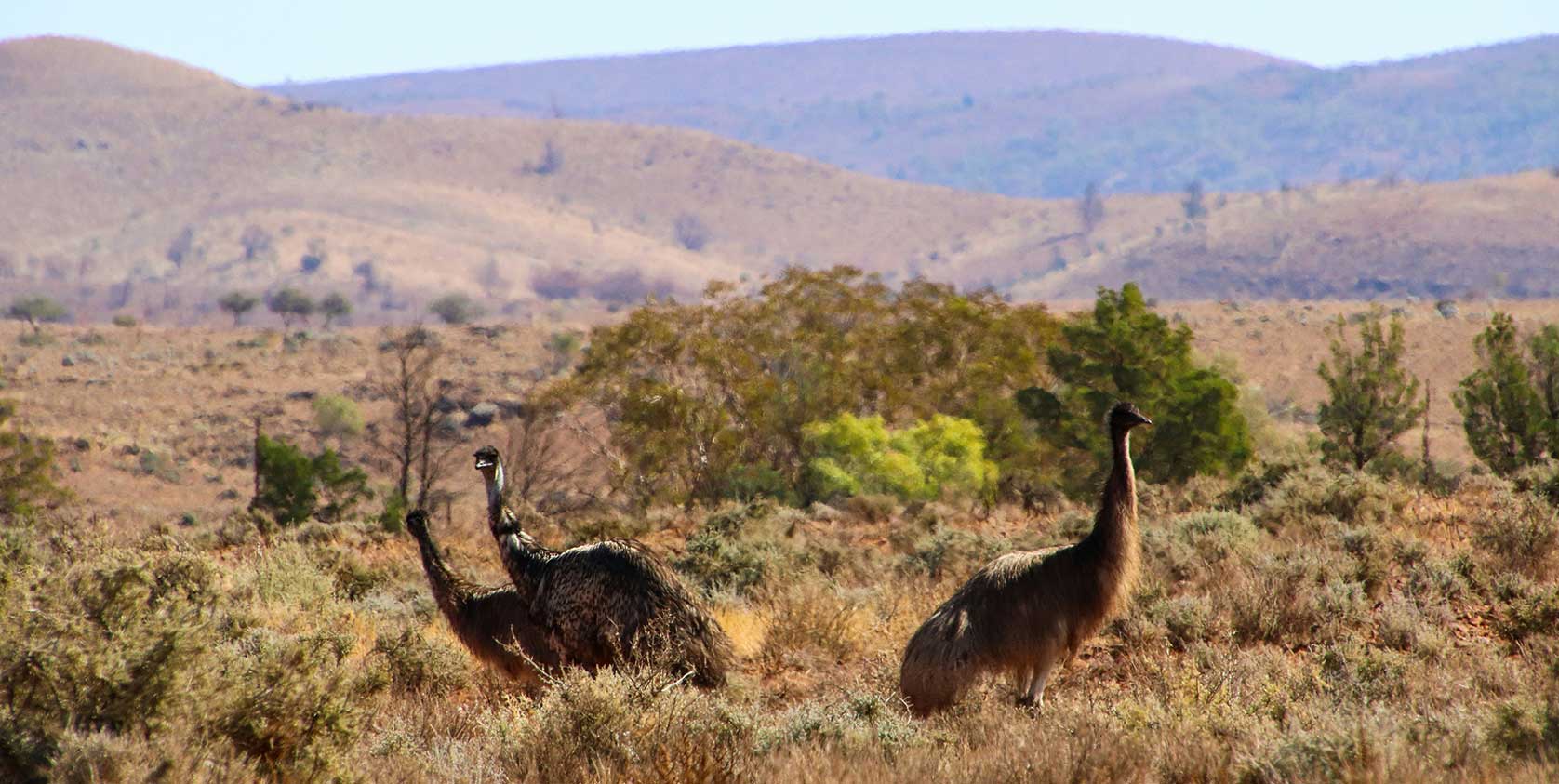 Photo Credit: Megan Clark on Unsplash
Photo Credit: Megan Clark on Unsplash
The region is also a haven for marsupials like the Black-footed Rock Wallaby and the iconic Red Kangaroo, which can be spotted in the Cape Range National Park.
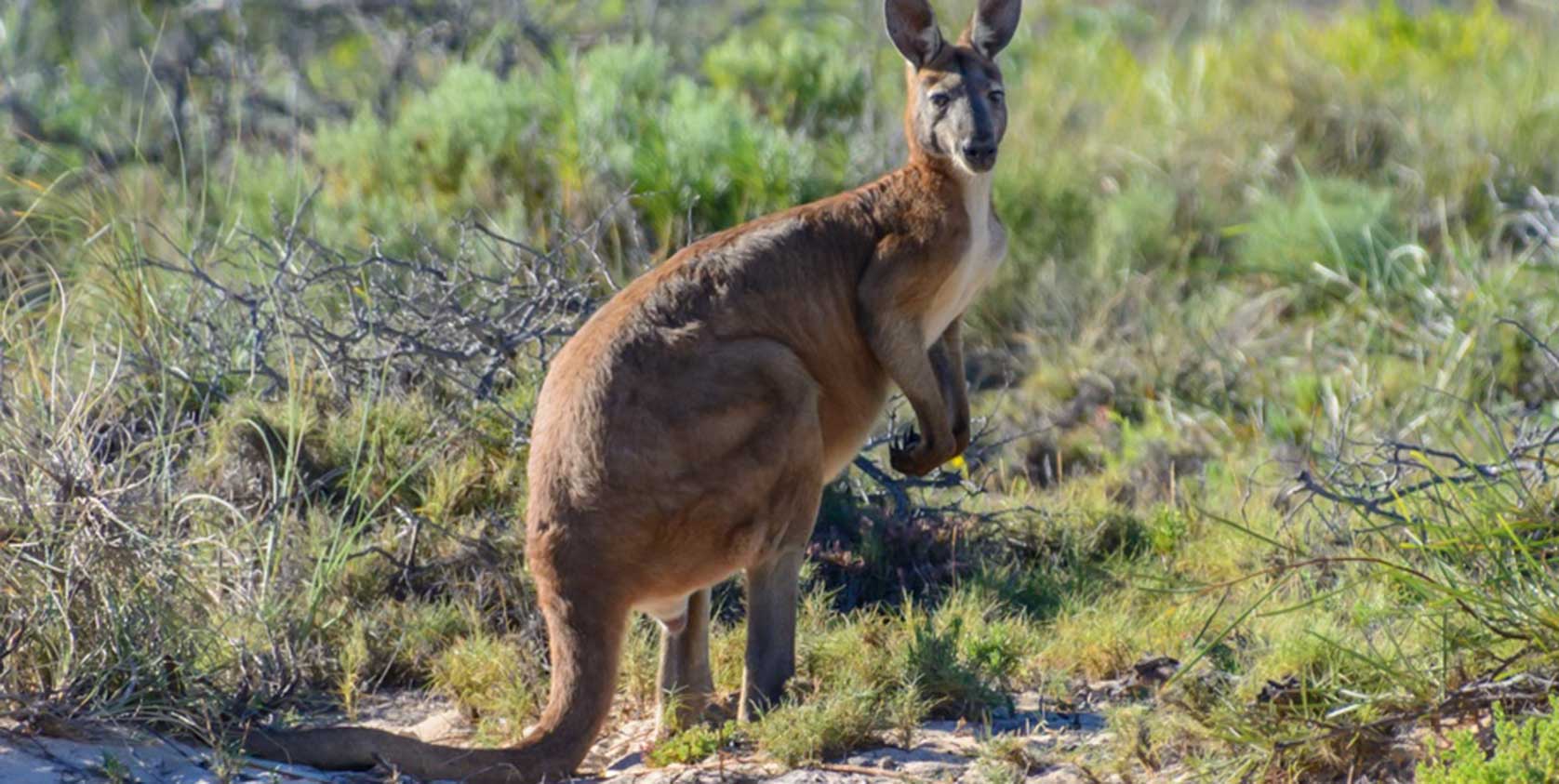 Photo Credit: Travel Guide 2024
Photo Credit: Travel Guide 2024
Conserving Ningaloo’s Marine Giants
Ningaloo Marine Park is critical for the conservation of several whale species. The park is frequented by humpback, minke, southern right, and blue whales. The area’s cetacean population is a crucial part of the ecosystem and a spectacular sight for visitors.
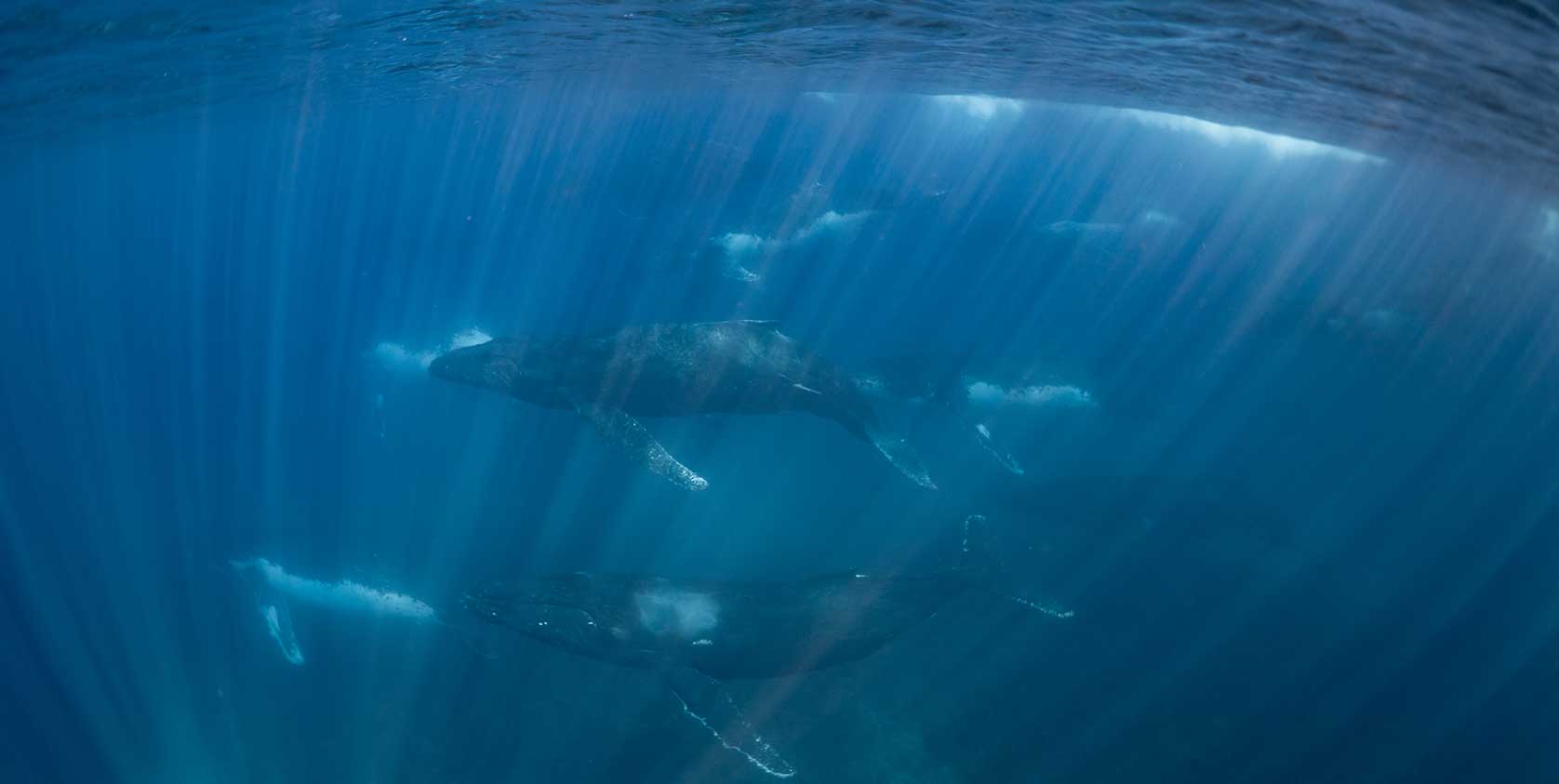
Turtle Conservation Efforts
The park is a sanctuary for four species of turtles, including the Loggerhead and Green turtle. The high density of turtles in Ningaloo, a result of the clear waters, makes it a vital area for their conservation.
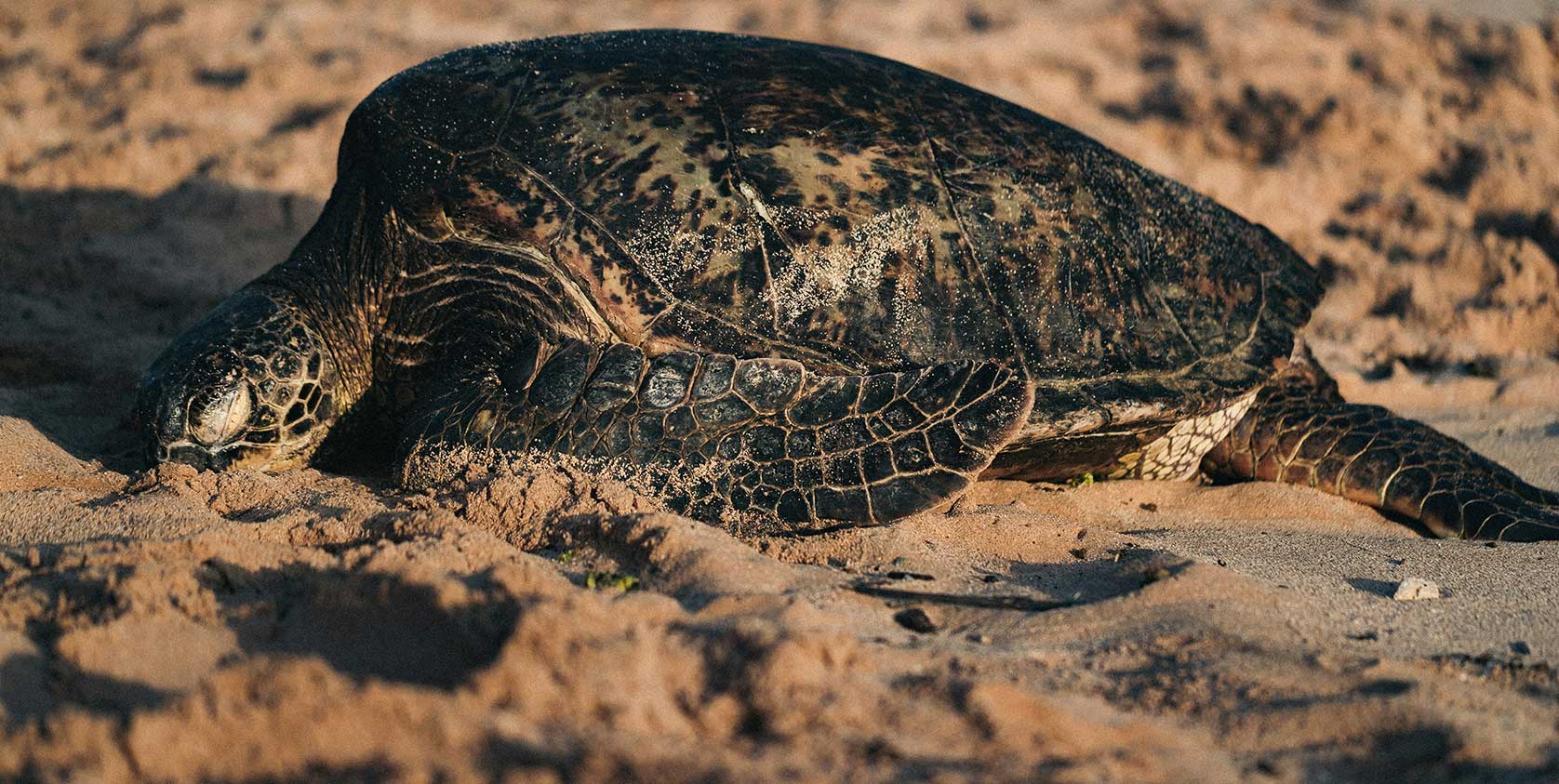 Photo Credit: Jakob Owens on Unsplash
Photo Credit: Jakob Owens on Unsplash
Manta Rays
Like whale sharks, manta rays are a highlight of Ningaloo. These majestic creatures, known for their impressive wingspans and graceful movements, are a must-see for wildlife enthusiasts.
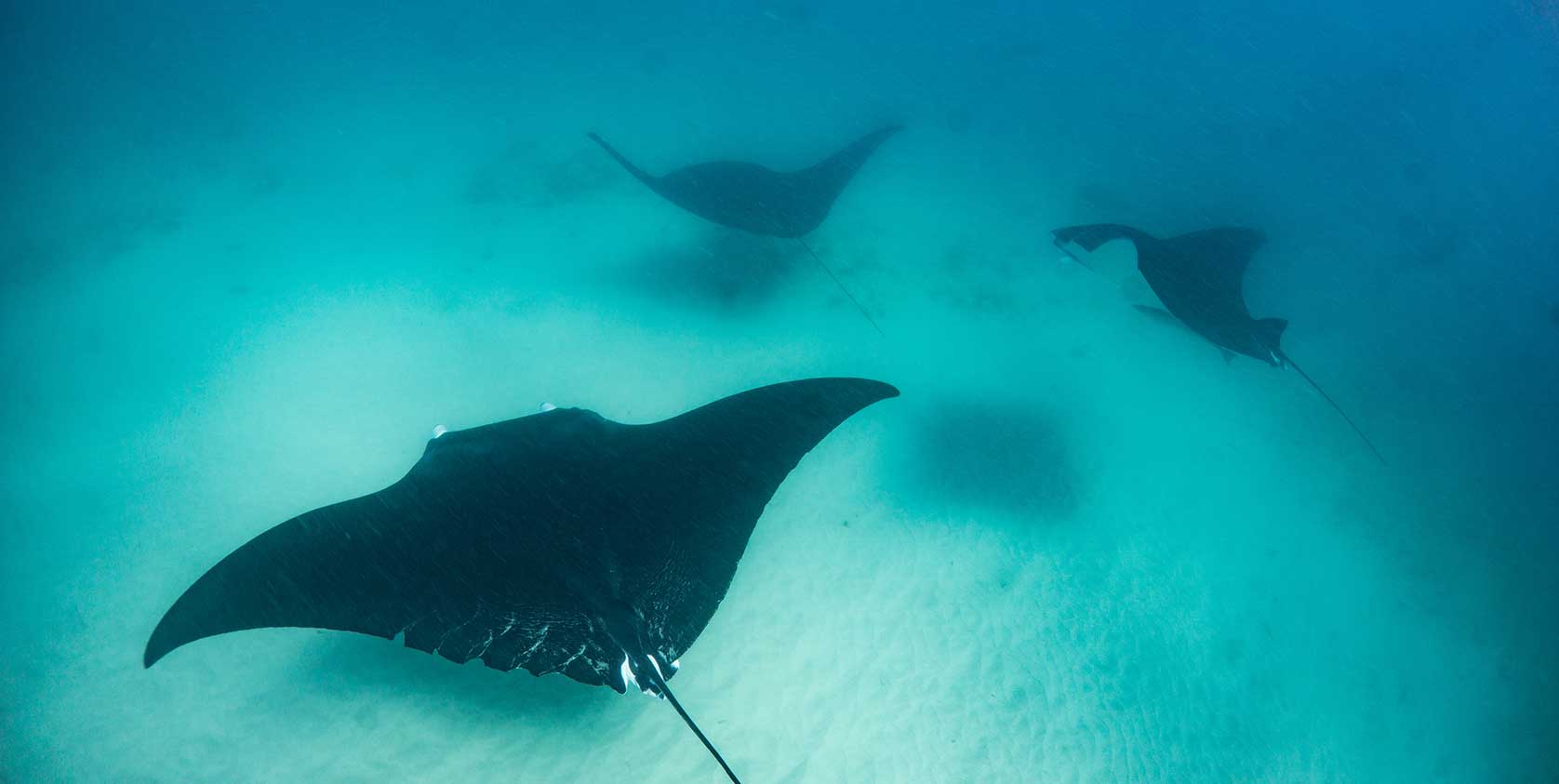
Experience Ningaloo’s Natural Wonders
Ningaloo is not just a destination; it’s an experience. Whether you’re diving with whale sharks, birdwatching, or simply enjoying the diverse landscapes, Ningaloo offers an unparalleled adventure in Australia’s magnificent natural world.
